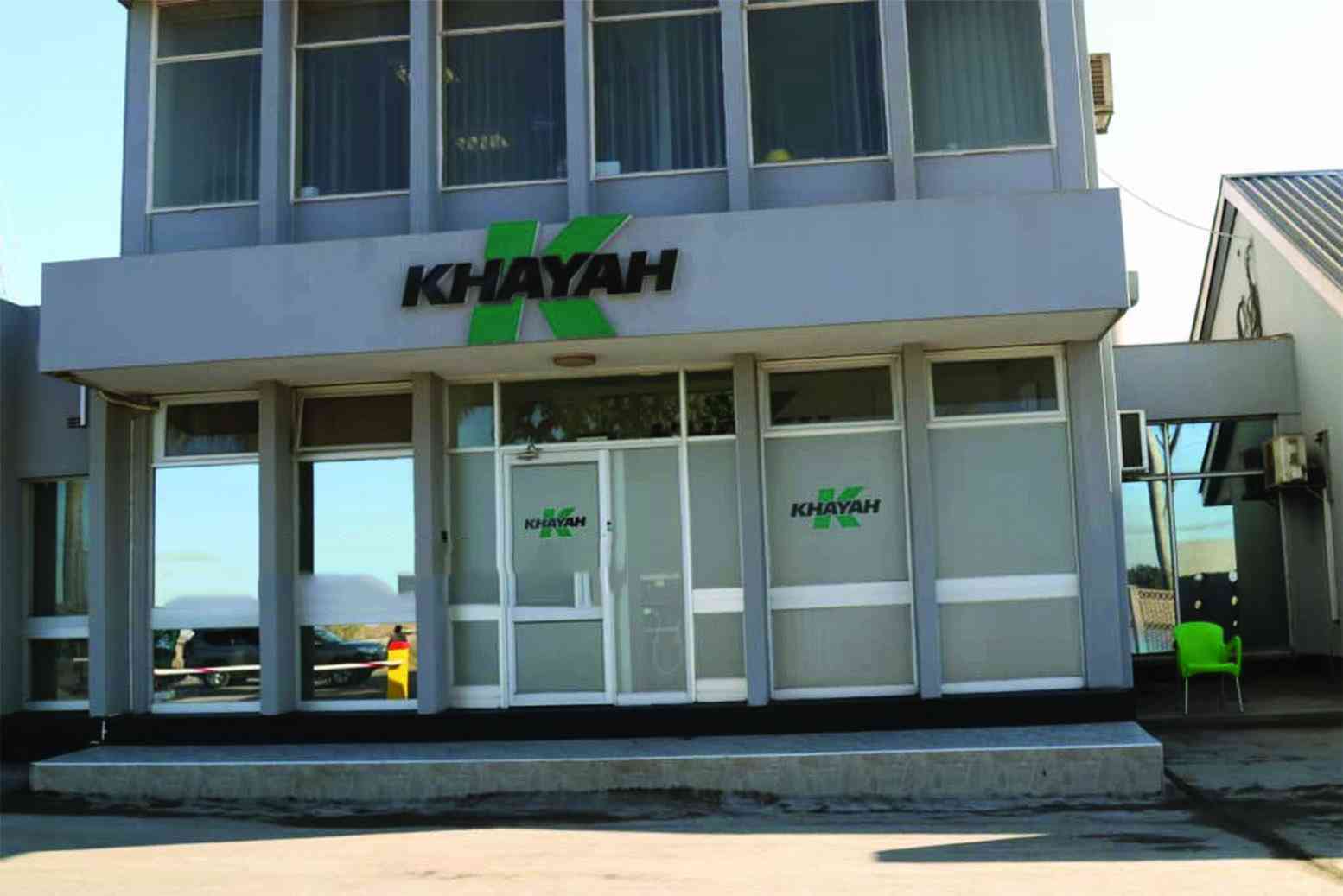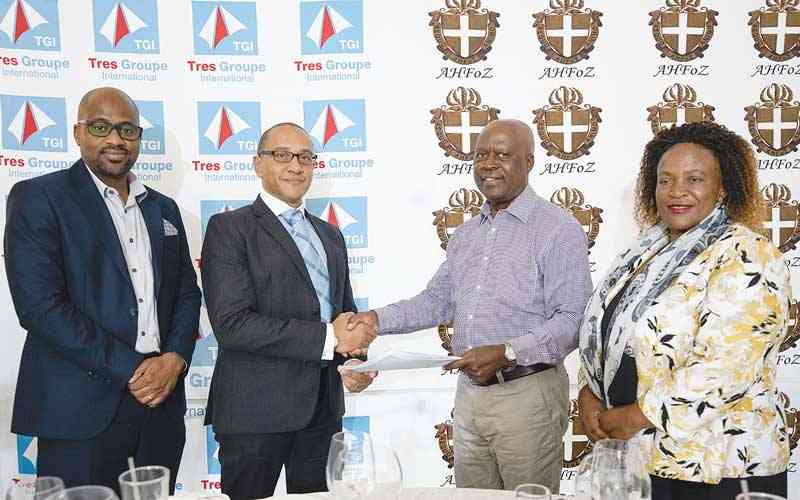
CEMENT manufacturer, Khayah Cement Limited, is set to delist from the Zimbabwe Stock Exchange (ZSE) to facilitate its recovery and restructuring under corporate rescue proceedings, it has been revealed.
Khayah’s board voluntarily placed the company under corporate rescue in accordance with the provisions of the Insolvency Act [Chapter 6:07], effective from December 30, 2024.
Bulisa Mbano of Grant Thornton Zimbabwe was appointed as the firm’s corporate rescue practitioner.
Khayah slipped into corporate rescue after failing to meet some of its obligations to creditors as and when they fell due for payment, driven by competing demands for cash.
On January 13, 2023, Khayah, formerly Lafarge Cement Zimbabwe Limited, requested to be suspended from the ZSE after its former shareholder, the Swiss-based multinational building materials firm, Holcim Group, sold its 76,45% stake to Fossil Mines (Private) Limited.
Fossil Mines (Private) Limited rebranded the cement manufacturer to Khayah from Lafarge Cement Zimbabwe Limited.
However, the firm has remained suspended from the ZSE since it voluntarily entered the suspension with a listed market capitalisation of US$16,3 million at the time of suspension.
“The corporate rescue practitioner of Khayah Cement Limited is proposing to terminate the company’s listing from the Zimbabwe Stock Exchange. The decision comes after the board of directors voluntarily placed the company under corporate rescue on the 24th of December 2024, in accordance with the provisions of the Insolvency Act [Chapter 6:07],” Khayah said in a circular to shareholders on the proposed delisting.
- Inaugural Zim investor indaba highlights
- Stop clinging to decaying state firms
- ZB explores options to tackle inflation
- Zim operations drive FMB Capital
Keep Reading
“To this end, Bulisa Mbano of Grant Thornton (Zimbabwe) was subsequently appointed as the corporate rescue practitioner of the company.”
The firm said the delisting decision followed careful consideration by the corporate rescue practitioner in consultation with financial advisors and had been determined to be in the best interests of the company and its stakeholders.
“The decision has been taken to facilitate the resuscitation of the company by developing and implementing a rescue plan aimed at restructuring its affairs, business, property, debt and other liabilities,” Khayah said.
The firm said delisting was a strategic step to stabilise the company and ensure its long-term recovery.
“ The company is unable to meet certain listing requirements and costs associated with the listing, including but not limited to submitting timely financial reports and listing fees,” Khayah said.
“Delisting will allow the company to focus on critical restructuring tasks without public market scrutiny. Delisting enables confidential and efficient implementation of essential measures, such as debt negotiations, cost-cutting initiatives and asset rationalisation.”
It was revealed that the delisting would reduce costs associated with maintaining a public listing, freeing up resources for recovery efforts.
“The company’s shares face prolonged uncertainty and illiquidity. Voluntary delisting resolves this limbo, protects shareholder interests during restructuring and allows focused recovery efforts to stabilise operations,” Khayah said.
“Delisting is not an endpoint but a strategic pause to enable recovery.”
The costs of implementing the proposed transaction are estimated to amount to US$104 450 which relate to various advisory and regulatory as well as advertising, printing and postage charges.
Khayah operates a single manufacturing facility, the Manresa Cement Plant in Harare, with a production capacity of 700 000 tonnes annually.
The plant’s cement production follows a structured three-stage process of limestone mining and crushing, clinker production, and cement grinding, packaging and distribution.










